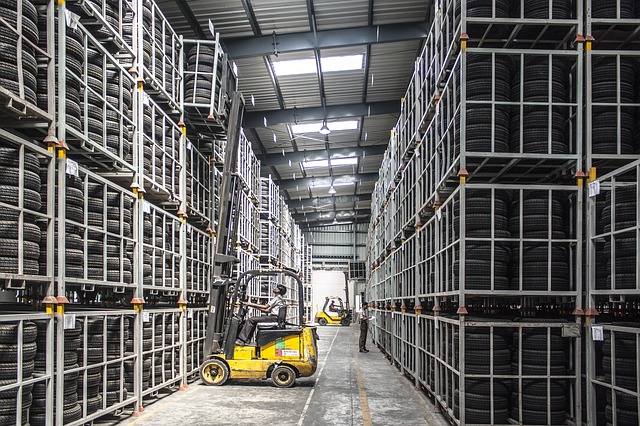Learning Curve Calculator
Instructions: You can use this Learning Curve Calculator to compute the amount of time required to produce the \(N^{th}\) unit by providing the amount of time required for the first unit and the learning rate \(r)\), using the form below:
Learning Curve Calculator
More about the Learning Curve Calculator so that you can better understand the elements used in this calculator. The question is: "How do you calculate learning curve rate?" In all productive processes, there is consistent improvement in worker performance, as the process is repeated multiple times.

The Learning Curve Formula
When a process is repeated over and over, there is indeed improvement. This improvement, though, goes changing, as it is sharper at the beginning, but the rate decreases with multiple repetitions. In general, the amount of time required for the \(N^{th}\) unit i is computed by the following learning curve formula.
\[ T_N = \displaystyle T_1 \left( N^b \right)\]where \(N\) is the unit number for which we want to know the production time, \(T_1\) is the amount of time required to produce the first unit, and \(b\) is the base 2 logarithm of the learning ratio, so \(b = \log_2 r\).
How do you measure learning curves?
Learning curves are all about the reduction of the completion time of a task when the task is repeated many times. This reduction in time is defined by what is called the learning rate.
For example, when r = 25%, we have r = 1/4, so then b = log21/4 = -2, so we would have
\[ T_N = \displaystyle T_1 \left( \frac{1}{N^2} \right)\]



